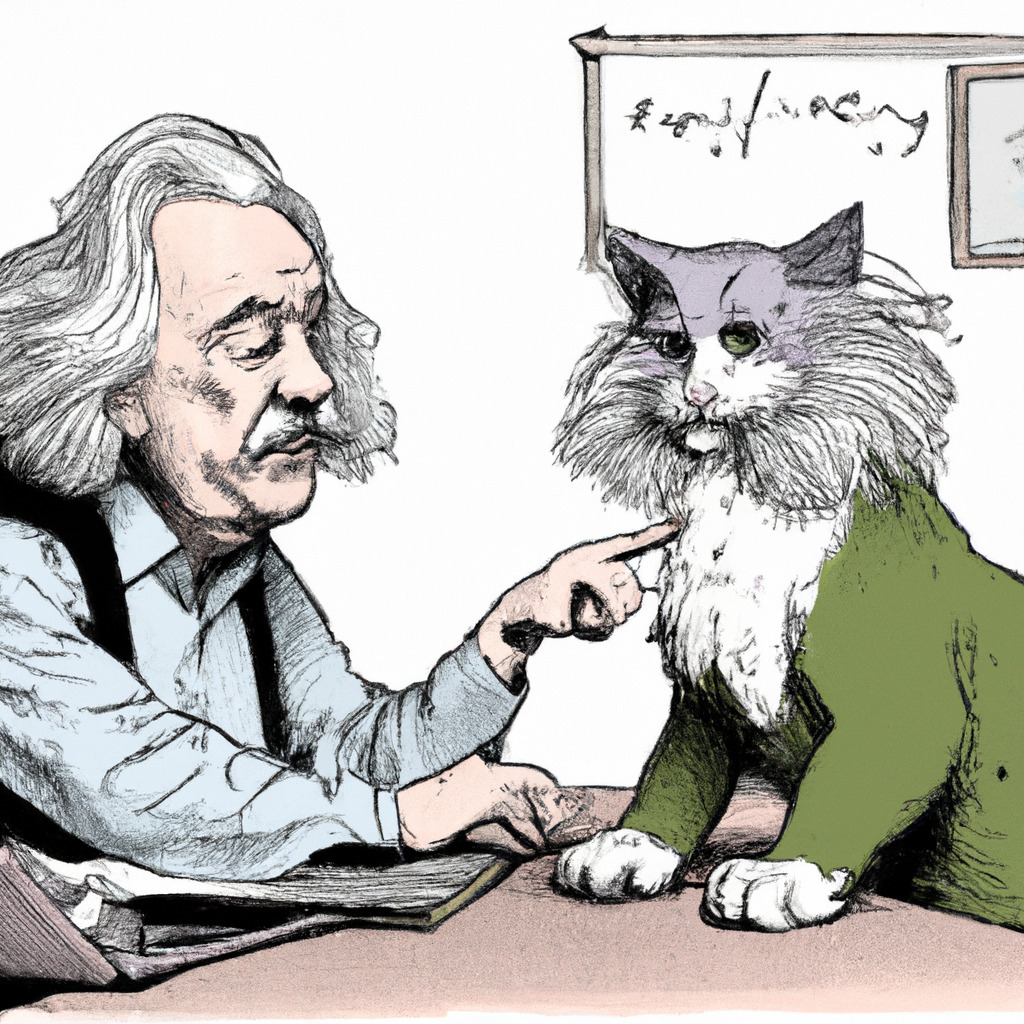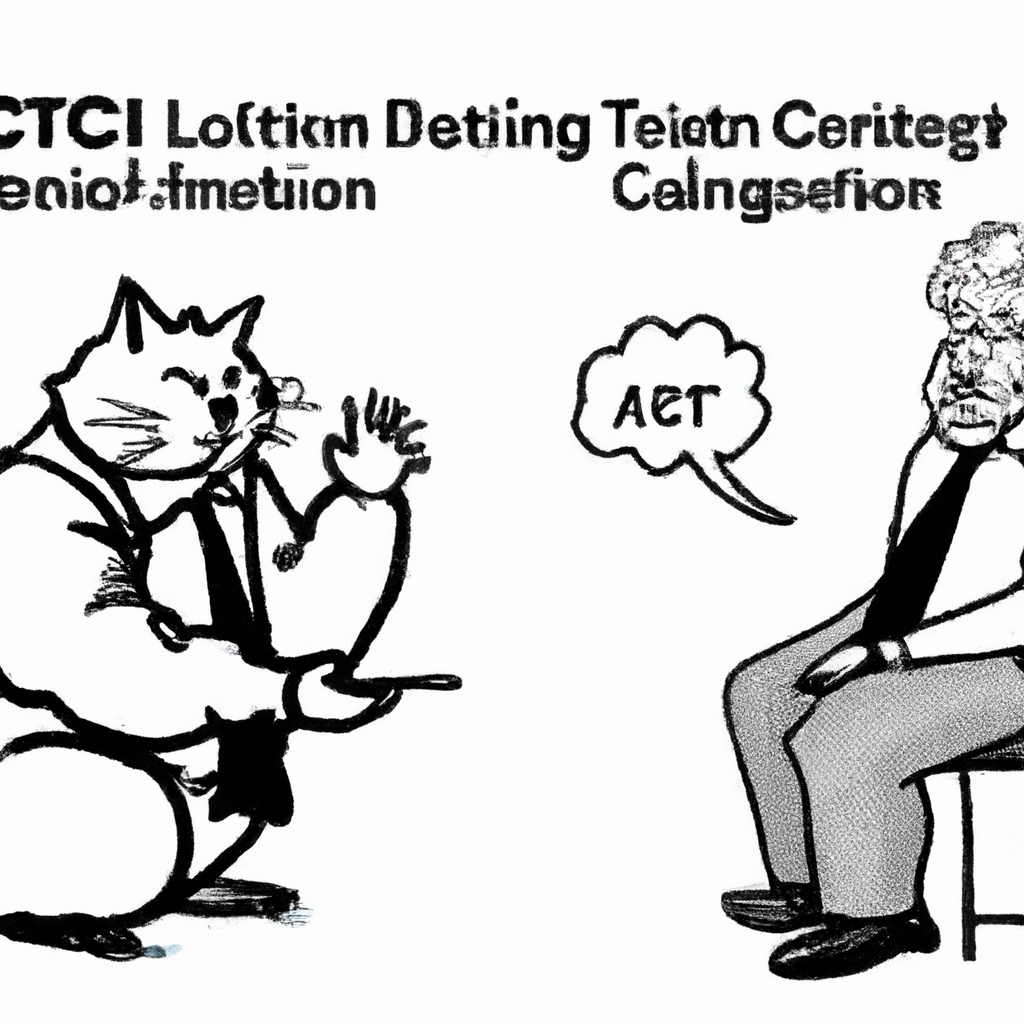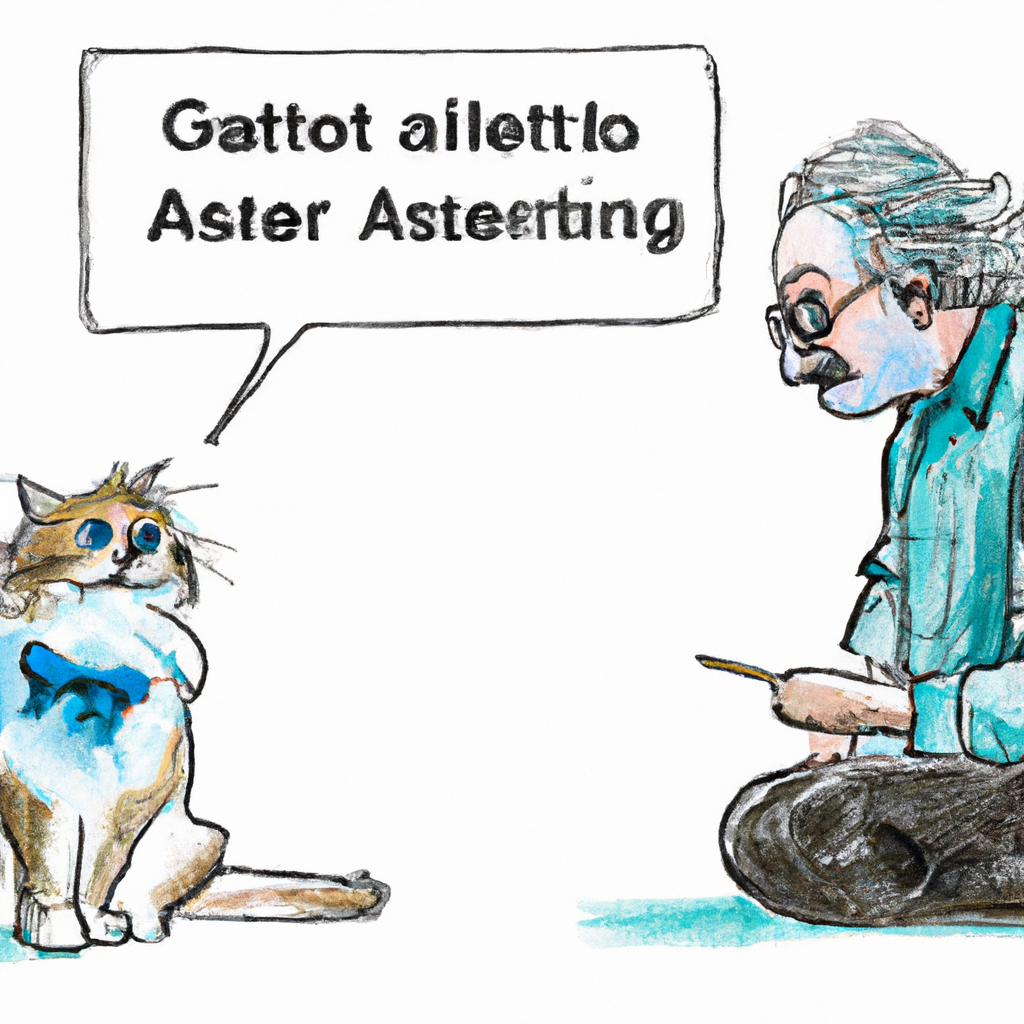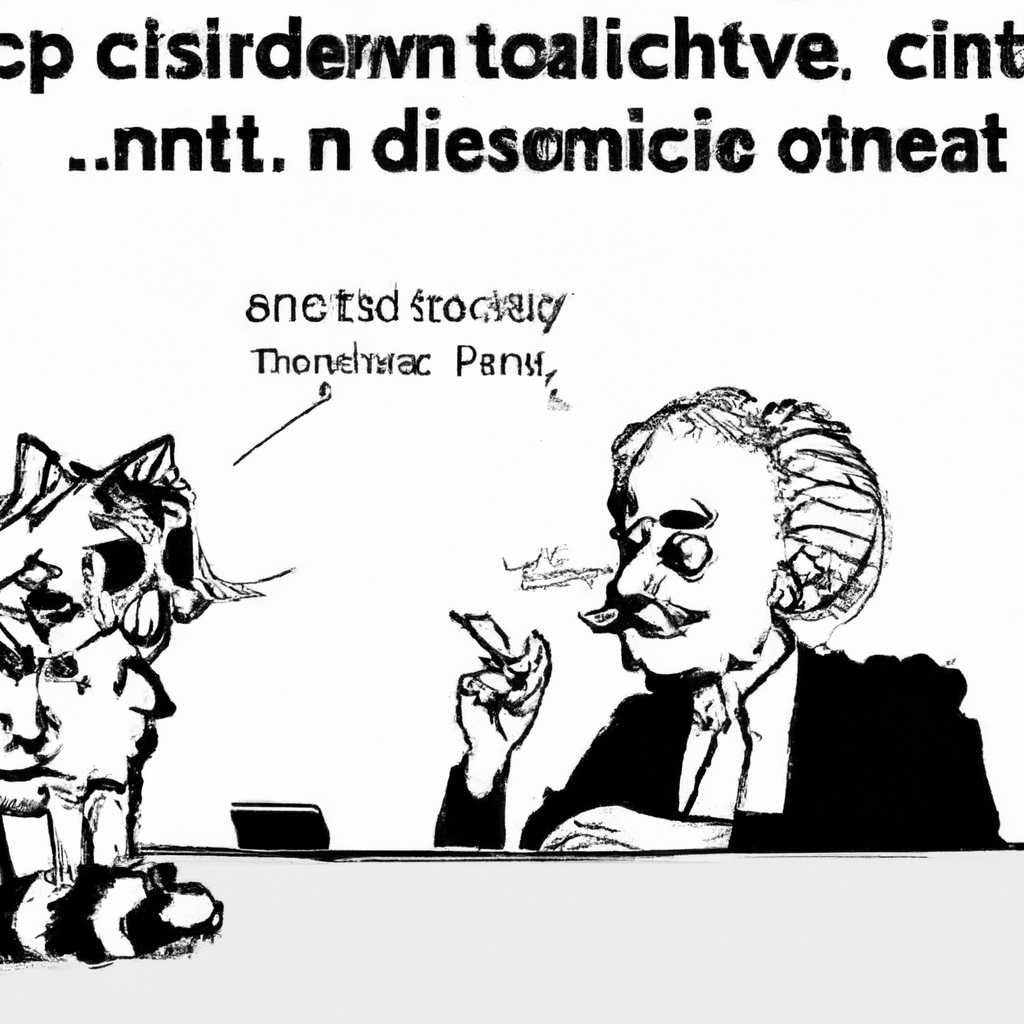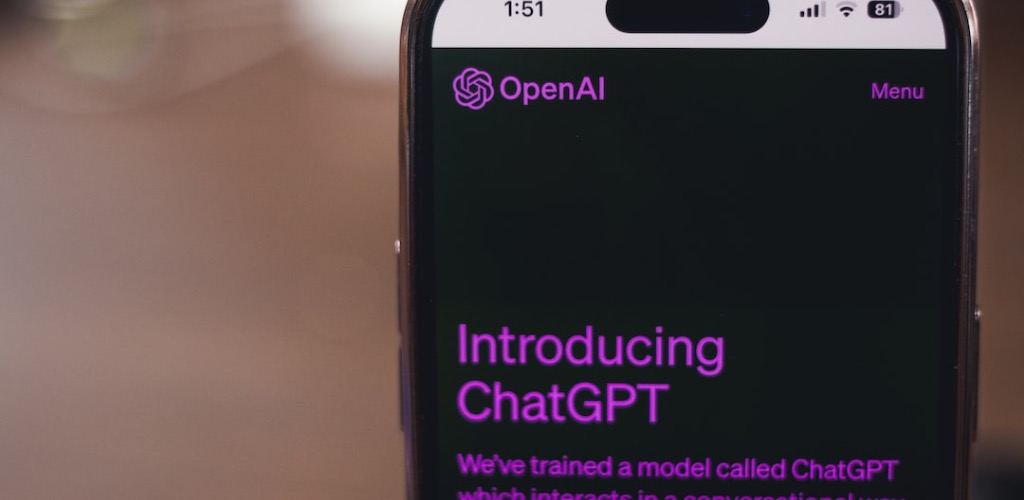
Title: Unlocking The Full Potential of Chat-GPT
Introduction
Anyone who interacted with any form of AI-driven text generation engines, like GPT-3 by OpenAI, knows that it’s an exciting and rapidly advancing technology. However, the understanding is still limited to its full potential in generating human-like texts. In this article, readers will be introduced to distinct approaches for better utilization of chat-GPT.
Understanding The Basic Structure
Chat models are designed around two important components – user input or ‘message’, and system output or ‘response’. A conversation between a user and a model comprises one or several messages representing both sides’ dialogues over time.
The Implication Of Temperatures & Max Tokens
Two significant parameters can impact chatGPT’s quality: temperature and max tokens.
Temperature influences randomness within the output dialogue; High temperature like 0.8 produces more diverse results while lower values such as 0.2 result in focused conversational manners.
Max tokens limit how long each response could get from the model excluding prompt length during interactions—setting small amounts promises concise answers but risks cutting off longer worthwhile responses.
Role Management With System Level Instructions
While using ChatGPT API v1 for conversations consisting multiple users role-playing different parts (e.g., instructor & learner), you may apply system level instructions guiding your model behavior effectively.
For instance:
{
“role”: “system”,
“content”: “You are playing an experienced chef explaining complex recipes.”
},
Then follow-up with regular user-model interaction:
{
“role”: “user”,
“content”: “How do I bake chocolate-chip muffins?”
}
In this way you direct the AI’s persona before rolling into questions.
Implementing Custom Conversations – Message-Based Approach Vs User-Level Instruction API Updates
OpenAI suggests implementing custom conversations based on message handling approach rather than extensive use update instruction APIs at a per-user level. The new structure allows diverse conversations similar to a chat interface with three possible roles: ‘system’, ‘user’ or the AI ‘assistant’.
A typical conversation could be:
[
{“role”: “system”, “content”: “You are an assistant that speaks like Shakespeare.”},
{“role”: “user”, “content”:”Tell me about your day.”},
]
ChatGPT then responds as if it was speaking like Shakespeare.
The Importance of Message History
Understandably, each model’s response is dependent on messages input within the system. It forgets previous interactions once these are removed from recent messages while asking additional user inputs.
Here is an example:
1st message –
{
‘message’: {
‘role’: ―’user’,
‘ content’: ”What’s my name?”
}
}
2nd message –
{
“messages“:[
{
’ roleker’, ‘
’con erent‘.
},
{
’roler‘,
‚tent’the weather today?’
}
]
}
In this case, GPT does not retain any memory of being asked for its name in the first place since it was discarded in subsequent interaction.
Considerations & Pitfalls
While using system level instructions make sure they align with conversational flow rather than abrupt changes; model might perform poorly when given contradicting profiles especially several exchanges into dialogue.
Also remember that Bots don’t store personal data unless explicitly fed this during interaction. They can’t access external databases or API for real-time information hence answers outside their training set may lack factual accuracy.
Conclusion
The key to leverage Chat-GPT lies with understanding and creatively applying its different parameters and features ensuring effective communication pattern generation meeting desired requirements.
Engaging with Chatbot GPT-3 can be enhanced by following a specific structure and etiquette. For instance, stating your requests or queries to the model in clear, complete sentences will typically yield better results. Be precise about what is needed from the chat – if you require an explanation of a topic, ask it directly like “Please explain the concept of quantum physics.” In case you’re looking for recommendations or ideas pertain to your interests or preferences include as many details as possible such as “Suggest some science-fiction books that explore themes of time travel.”
However, do not treat it human-like by asking questions with implied knowledge because this AI does not have access to personal data unless explicitly provided during the conversation. To ensure efficiency and avoid confusion during conversations always provide necessary context.
Also note that GPT-3 has its limitations – understanding humor/sarcasm can still be challenging for it at times.
Lastly and most importantly: use respectful language; although this is an AI model created by OpenAI-trained on diverse range of internet text but inappropriate behavior/actions should strictly avoided while interacting.ChatGPT doesn’t store personal data shared in conversation beyond 30 days.
# Here’s a Story About Gato Rico
Once upon a time, there was an adventurous feline known throughout the neighborhood as Gato Rico. He earned his name due to his uncanny knack for finding and collecting shiny objects, which he hoarded like a little cat tycoon in Miss Margret’s old garage.
One sunny afternoon while doing what he did best – prowling around town in search of treasure – something peculiar caught his green eyes. It was Chat-GPT, the innovative AI developed by OpenAI! It had somehow manifested into one of those flashing box things humans call ‘laptops’.
Intrigued by this unusual item gleaming invitingly under Mr. Johnson’s apple tree, Gato Rico approached it cautiously – being an experienced treasure hunter taught him that not all treasures were safe (he still remembered that oversized mousetrap). As he pressed on keys with cautious paws and watched symbols appear on the screen slowly drawn together into sentences – voilà! The laptop replied!
“What can I help you with today?” it asked digitally.
Now any normal cat would have sauntered away nonchalantly if they suddenly found themselves face-to-face with talking machinery; let alone such polite ones at that work based purely off human language models routine tasks or deep learning software tools– but ‘normal’ had never been applied to our brave hero before!
A sly grin spread across his whiskered face as ideas started forming in his clever mind. What if …? What could possibly go wrong?
With newfound determination (and immense curiosity), Gato typed out words using pictures from nearby advertisements: “Get me tons…of fish?”
The reply came quickly: “Sure thing! However, we need your credit card details.”
GATO RICO snickered mischievously? Credit card?! Puh-lease…He didn’t need some fancy plastic bit to get what he wanted—he had his feline charm and quick paws! He quickly typed back, “Use Mr. Johnson’s card.” Naughty, Gato Rico!
Minutes later the chat-bot responded again, agreeing to process this request. However what occurred next was unforeseen by our ambitious cat.
Suddenly sirens blared from the laptop; red flashing words ‘Fraud alert!’ danced across its screen while simultaneously alarmed human voices echoed through house radios – it seems Chat-GPT had ordered not just some fish but an ENTIRE FISHERY worth of seafood on poor Mr.Johnson’s card- Oh dear!
Meanwhile a very startled Gato Rico scooted off into the bushes at top speed leaving behind him one still-blaring laptop and a rather perplexed canary who’d watched everything unfold from her perch in the apple tree above.
In spite of that misadventure with digital technology (and taking few days to reappear), he took away something valuable – sometimes maybe you shouldn’t try ordering tons…of fish without understanding how online shopping works or fraud alerts for that matter!
And so is another day in life of ‘GATO RICO’- always living up hilariously unexpected adventures.
